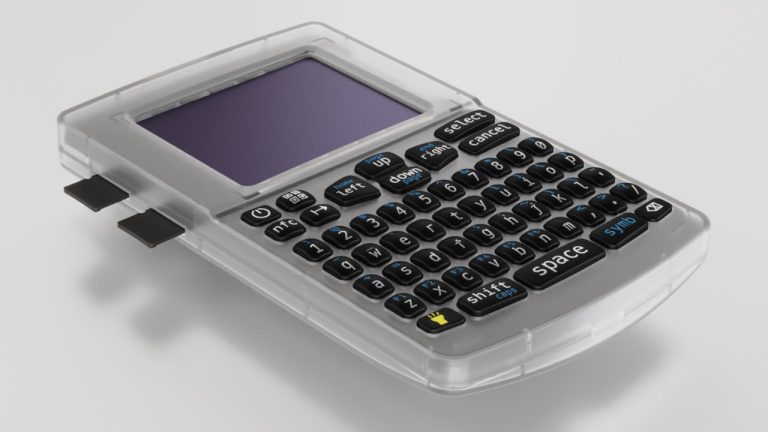
The U.S. Consumer Financial Protection Bureau has focused on the role of Apple and Google in mobile payments with a critical eye.
Big businesses are able to act as “mini-governments” and impose their own rules on payment infrastructure, Rohit Chopra, director of the United States Consumer Financial Protection Bureau (CFPB), said at a fintech conference hosted by the Philadelphia Federal Reserve Bank on Sept. 7. As Big Tech continues to innovate, small firms may be squeezed out of the space, he added.
The rapid development of consumer payment systems, particularly point-of-sale (POS) systems, has received little regulatory attention, in contrast to crypto assets, Chopra said:
“Big Tech companies have crept into the payments ecosystem to deepen consumer engagement on their platforms, harvest and potentially monetize transactions-related data, and exploit traditional financial sector fee streams.”
Apple and Google have come to be dominant in mobile payments, giving them an outsized impact on consumers’ access to mobile payment solutions. “Tap-to-pay” near-field communication (NFC) technology, for example, is gaining users rapidly but not spreading as widely as might be expected based on the way other apps have grown.
Related: Nigerian central bank adds NFC upgrade to eNaira for contactless payments
Apple’s requirement that NFC payments made on Apple mobile devices be routed through Apple Pay is one of the hindrances the technology faces. Chopra said:
“While I agree that strong challenges to the dominant Wall Street banks and card networks are important, there is real concern that the large technology firms will be able to erect even more gates and toll booths that will prevent small firms from emerging and succeeding.”
In October, the CFPB will propose rules to give consumers more rights over their personal financial data. Those rules will encourage open banking and payments by allowing consumers to switch services more easily, the bureau assured.

Chopra’s speech coincided with the release of a report by the bureau on mobile devices and POS systems that elaborated on Chopra’s point in more depth.
New findings about impact of big tech in mobile payments including changes observed due to pandemic shutdowns. @CFPB Director Chopra @philadelphiafed #FinTech about to go deep! pic.twitter.com/YS0P2Y8Vne
— Aaron Klein (@Aarondklein) September 7, 2023
Magazine: Powers On… Biden accepts blockchain technology, recognizes its benefits and pushes for adoption




